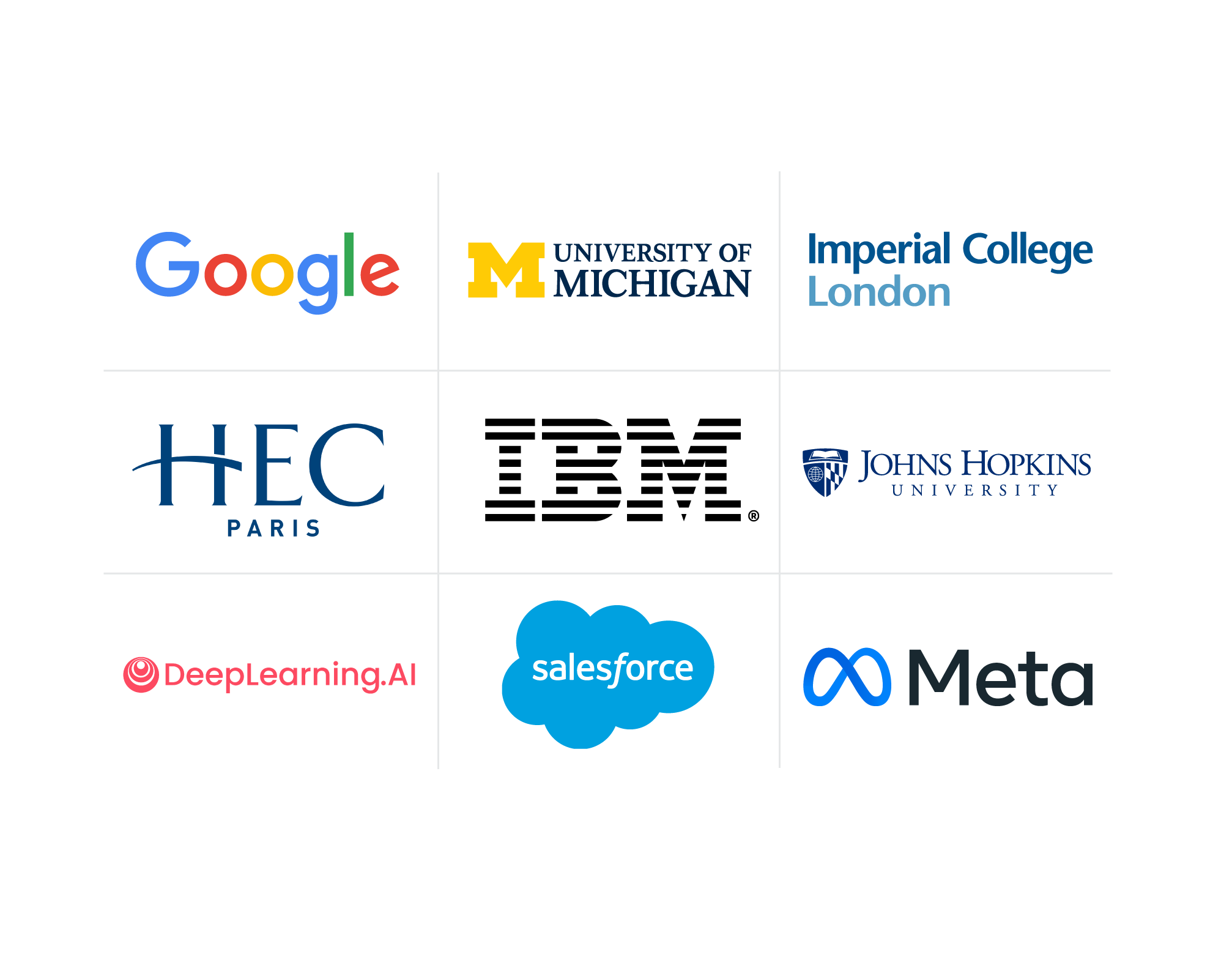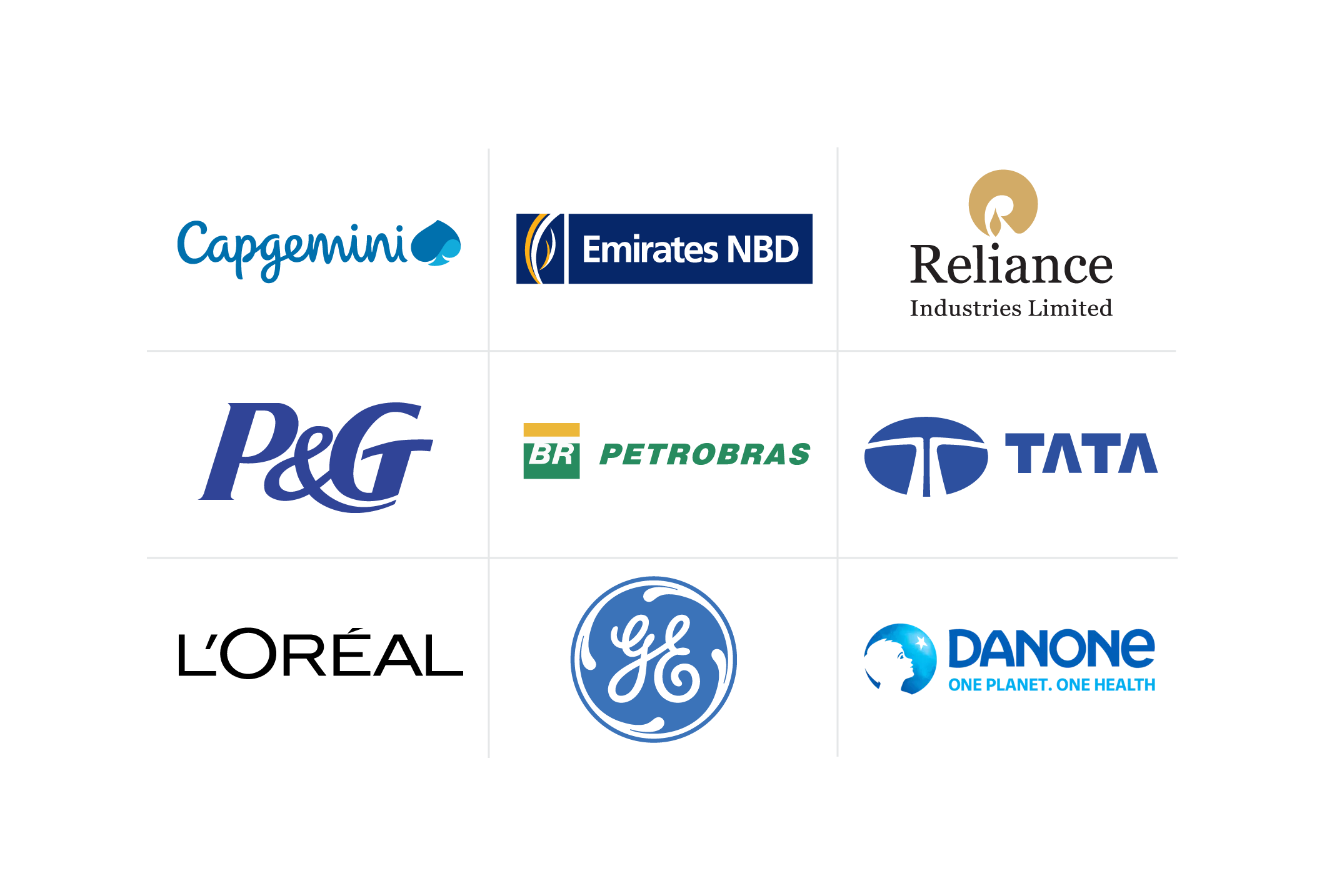Instructional Design: Crafting Effective Corporate Training
Looking for ways to make your corporate training more valuable? Learn how instructional design plays a key role in effective training, how to use instructional design tools, and what the instructional design process looks like.
![[Featured image] A group of coworkers discuss the importance of instructional design.](https://d3njjcbhbojbot.cloudfront.net/api/utilities/v1/imageproxy/https://images.ctfassets.net/2pudprfttvy6/41ZHkdAlcdeh4XrpG67RmP/d9cd7eea563c4bc5c106095efb034d16/GettyImages-1569800145.jpg?w=1500&h=680&q=60&fit=fill&f=faces&fm=jpg&fl=progressive&auto=format%2Ccompress&dpr=1&w=1000)
As a business leader, you want your employees to have the necessary skills and expertise to succeed in their roles. Training programs are essential for addressing skills gaps and facilitating upskilling, but their design must ensure that employees gain valuable knowledge and retain it for future application.
Effective training development falls within the realm of instructional design, playing a crucial role in maximizing educational value and workforce competency. Discover how to leverage instructional design tools, understand the instructional design process in a corporate setting, and explore the benefits of well-crafted instructional design.
The significance of instructional design in corporate learning
Instructional design is the foundation on which you build effective corporate learning programs. It ensures they have a structure and materials that allow people to learn. Instructional designers take training materials and methods and constantly evaluate them for effectiveness, adapting them as needed.
Defining instructional design
Instructional design is the organized approach to developing effective learning experiences and materials. The gist of the process is finding out what the audience needs to learn and what the facilitator needs to teach, designing materials and choosing an effective delivery method, assessing the success of the training, and making improvements as needed to achieve better outcomes.
In the years following World War II, researchers developed scores of instructional design models, including Bloom's Taxonomy, Merrill's First Principles of Instruction, and ADDIE. Developed in 1975 by the Learning Systems Institute at Florida State University, the ADDIE model remains a popular choice for designing corporate training [1]. The acronym stands for analyze, design, develop, implement, and evaluate. The steps outlined below are linear.
Analyze: clarify learner needs, establish goals and objectives, and assess current skills.
Design: systematically create specific strategies to address needs.
Develop: create needed training content.
Implement: train facilitators, provide materials, and ensure access to content.
Evaluate: assess learning and training success, making adjustments as needed.
Aligning instructional design with business objectives
Effective corporate training aligns with business objectives. Start by identifying the needs of employees, the goals of the company, and the skills you want to develop, and then address those unique aspects with training.
Perhaps it's time to teach the sales team new presentation skills so they can close more deals, or allow the accounting department to learn how to use a new program that will streamline their work. As a bonus, your employees are more likely to attend and participate when they see your training as a valuable use of their time.
Designing effective and engaging learning experiences
Creating effective and engaging learning experiences is essential for maximizing the benefits of corporate training. High-quality learning experiences produce better results and are cost-effective for businesses. Employees learn more efficiently when provided with targeted and well-designed learning opportunities. This approach ensures that training is relevant, impactful, and beneficial for everyone, from the learners to the organization.
Strategies for engaging instructional design
Creating engaging courses and training sessions through effective instructional design involves several key strategies to ensure learners find value in their skills development. The following list highlights impactful strategies that benefit both employees and the organization:
Identify high-priority skills. Identify the most critical skills your team needs to learn. You can conduct a needs analysis and ask employees for direct feedback. Tailoring the training to address these high-priority skills ensures the instruction and materials are relevant and immediately applicable.
Incorporate microlearning. Microlearning involves breaking down training into small, easily digestible modules that your team can complete in a short amount of time. This makes the training more accessible and flexible, allowing employees to learn during free moments instead of committing to lengthy sessions.
Emphasize active learning methods. Incorporate active learning methods to enhance participants' ability to retain and apply what they learn. Engage employees with interactive quizzes, role plays, gamification (earning badges), and case studies. These methods encourage active participation, which creates a dynamic learning environment.
Consider learner preferences. Choose modalities tailored to the content and learner preferences. For example, you could provide onboarding and compliance training through e-learning for flexibility, while using in-person or virtual reality sessions for hands-on practice with new equipment. Combining modalities (aim for three to six per session) can enhance the learning experience.
Technology integration in instructional design
Integrating technology into instructional design involves the strategic use of various technological tools and resources to enhance the learning experience. Videos, podcasts, e-learning platforms, virtual reality, and online forums allow you to customize learning plans, give employees flexible learning options, and lead to higher levels of engagement.
Leveraging technology for enhanced learning
The wide range of technology offerings means that you have the opportunity to create a uniquely engaging training platform that enhances learning. Consider the following strategies for leveraging technology for enhanced learning:
Diverse media: Utilize videos, podcasts, e-learning platforms, live sessions, and online training to create an interactive and comprehensive training program.
Adaptive learning systems: Use machine learning, virtual reality, or AI to create flexible learning platforms that adapt to an employee’s unique needs with customized learning plans.
Social learning platforms: Implement platforms, such as forums or collaborative tools, that allow employees to interact and learn from each other.
Assessing the effectiveness of instructional design
A key component of instructional design is assessing the effectiveness of training programs. Continual evaluation of training results allows for improvement. Survey employees during and after the training to understand their interaction with the materials. Assessing effectiveness helps demonstrate value to leadership through measurable metrics. If the ROI is lower than expected, trainers can adjust the materials to improve engagement and results.
Metrics for measuring instructional design impact
Basic metrics include the number of registrations and completions, while more advanced metrics assess behavior change and learner application of knowledge. These measurements provide insight into how effectively learners apply the information in their roles, informing future training improvements.
Consider tracking the following metrics to ensure you offer engaging and effective programs that align with your objectives and enhance workforce competency:
Completion
Engagement
Enrollment
ROI
Satisfaction
Training cost
Getting started with Coursera for business
With Coursera for Business, your team can upskill with high-quality training from respected industry experts and top universities. Attract frontline talent, support internal mobility, and prepare workers for in-demand, digital jobs with our Career Academy, featuring a curated catalog of guided tutorials and projects focused on high-value digital skills and tools. Your team can take advantage of competitive career development opportunities with training programs from industry leaders like Google, Salesforce, Intuit, Meta, and Ashok Leyland, among many others.
Explore Coursera for Business to learn how to provide the technology training your business needs to be competitive.
Article sources
Learning Systems Institute. "Our Experience, https://lsi.fsu.edu/about-lsi/our-experience." Accessed April 30, 2025.
This content has been made available for informational purposes only. Learners are advised to conduct additional research to ensure that courses and other credentials pursued meet their personal, professional, and financial goals.


